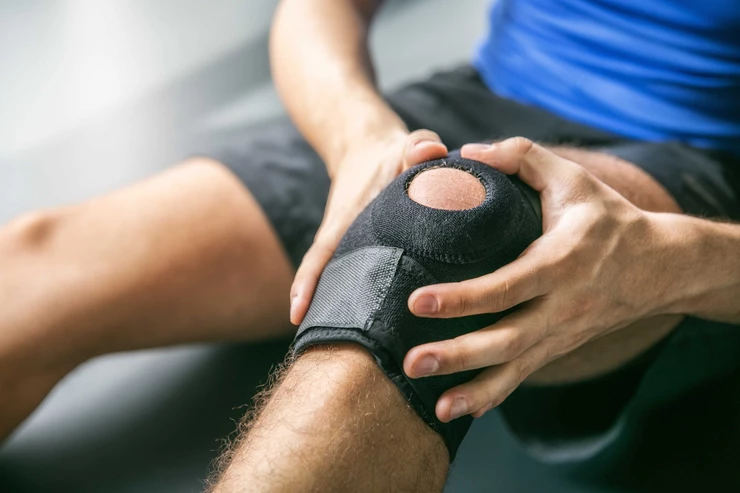Plantar fasciitis is the name referred to the sharp pain at the bottom of the foot. Typically, it is worse in the morning, worse when walking on hard surfaces and hurts to palpate the arch of the foot, close to the heel. A combination of factors may induce this pain including an increase in standing or training loads, inadequate strength of the calf and lower leg complex and is common in people who are obese. So, here are 3 ways to get rid of that nagging pain on the bottom of your foot.
1) Relative Rest from the Aggravating Activity
Common in about 10% of the population it is also common in runners. This may be induced by an increase in training load or frequency or may simply be because you’ve started a new job and you are standing all day. In clinic, we often use a <4/10 pain score to determine whether it is an activity to avoid. We must also determine the 24 hour history and if the foot is worse the next day, the load is too high. For runners this may involve decreasing running loads by 50% or ceasing for a short duration, dependent on pain levels. For workers, this may include taking regular breaks every hour where appropriate.
2) Strengthen Your Calf Complex
If load management is the best passive strategy to get rid of plantar fasciitis, then strengthening your calf complex is the best active strategy. The analogy ‘ you can’t go wrong getting strong’ holds true here. In clinic, we often use normative age related values for single leg calf raise capacity (this can be seen on one of our previous blog post – 3 exercise tests everybody below 60 should pass). I am yet to treat someone with plantar fasciitis and have them meet the standard requirement for their age. Strength and conditioning is a complex interplay between loading the bodies tissues adequately without flaring symptoms. Generally, calf raises should be performed slow and controlled 3sec up 2sec hold 3sec down. The amount of reps and sets given are variable dependent on the patient. This will then be performed every 48 hours to allow adequate tissue recovery between sessions. Pain levels are monitored throughout the session and also 24 hours after to determine correct loading is taking place. It is normal to experience some pain with this exercise, as long as it settles within 24 hours it is ok. Strengthening has been proven to be better than stretching for providing relief within 3 month follow-up.
3) Tape/ Orthotics or Heel Inserts
There are a number of strategies your physio can implement to help you in the short term. Some of these include certain taping strategies or orthotics and heel inserts. This can help to offload the plantar fascia and reduce the pressure felt through the heel respectively. If you would like to improve your plantar fasciitis, then you must visit your physiotherapist in order to receive an individualised management and rehabilitation program.
Stay Healthy!
Ryan Barron
Senior Physiotherapist




Leave a comment…